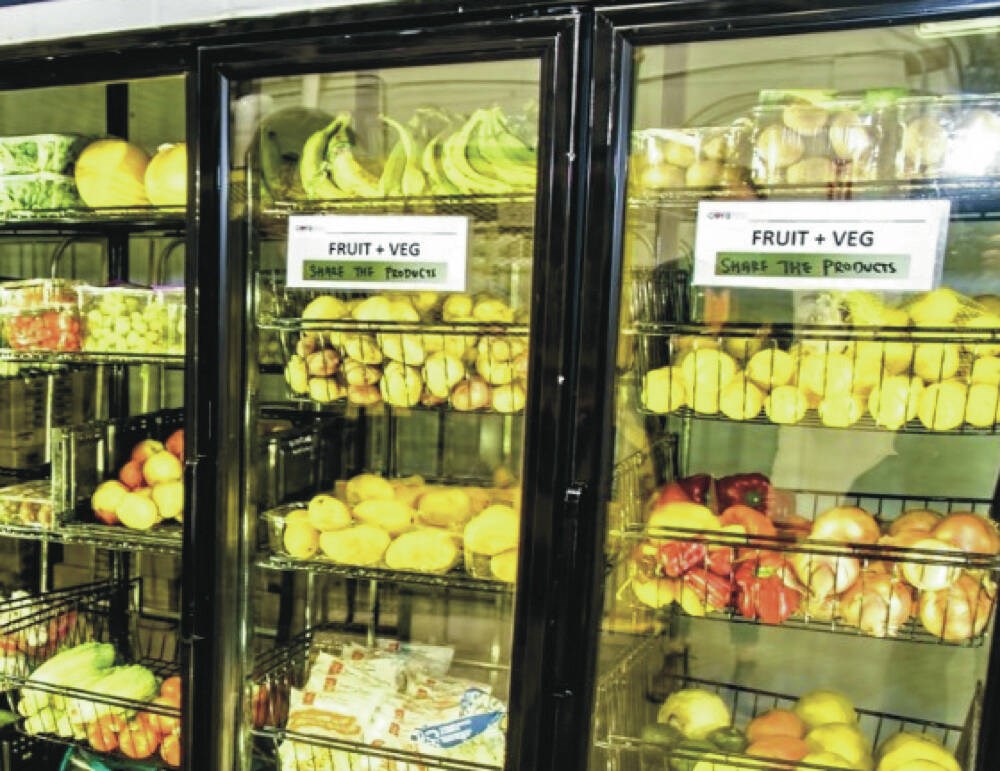Healthy food doesn’t have to be boring or tasteless. There are many delicious foods that are good for you such as fruit, vegetables, whole grains and quality protein sources. Avoid foods high in fat, added sugar and salt. Instead choose grilled, baked or steamed vegetables and lower fat milks, yogurts and cheeses.

Healthy food is becoming increasingly out of reach for low-income families on Vancouver Island, a new report says.
Grocery costs for a family of four on a nutritious diet costs $1,366 on average per month in the Island Health region, a B.C. Centre for Disease Control report says.
Those in the North Island health region, which includes the Sunshine Coast, were found to pay $1,370 on average, while families in Central Vancouver Island and South Vancouver Island paid an average of $1,343 and $1,386 respectively during a survey in May and June 2022.
These prices are among the highest in B.C., with only two other health-authority regions with higher costs: the Northshore- Coast Garibaldi region and the Northwest region.
Having access to healthy, nutritious food is important and has a direct impact on health and well-being, said Charmaine Enns, medical health officer for Island Health.
“These are not inconsequential findings,” Enns said. “This means that one in seven households in B.C. are experiencing food insecurity, and that one in six kids in B.C. live in a household with food insecurity.”
Food insecurity for children could cause problems such as an increase in inattention and inactivity in a critical part of their life, Enns said.
B.C.’s food costing report is typically published biennially. This report was the first to be released since 2017 due to delays caused by the pandemic. Researchers surveyed 61 food item prices at 245 full-service grocery stores — meaning stores that carry fresh meat, dairy, produce, as well as basic groceries such as flour and cereal — but did not factor in the cost of transportation or the prices at smaller grocers that carry fewer product lines.
An additional report focusing on the food security of remote Indigenous and non-Indigenous communities is expected to come out this year. Enns is expecting that their costs are higher, due to transportation costs.
“Nutritious foods tend to be heavy food,” she said. While there often are cheaper alternatives, they are often “empty calorie” foods high in calorie but low in nutrition, she said. “People who are not food secure or have to make tough decisions about what they are eating, these people are experiencing high rates of chronic disease,” Enns said. “They have poor oral health, they have mental-health challenges, they access the health-care system more often and they have a lower life expectancy.
The report found that low-income families and individuals struggle to pay for both housing and healthy food; in 2021, housing was estimated to cost $1,657 for a three-bedroom unit and $1,150 for a bachelor room.
Single parents with one child on income assistance as well as young adults on disability assistance would go into a budget deficit after housing and food, according scenarios in the report.
“People are making really hard decisions on where their money goes,” Enns said. “Families need to have food security so they don’t have to make those tough choices on any day.”
Average grocery prices in Canada increased by 11 per cent last year, above the overall inflation rate, which averaged 6.3 per cent, said Jim Stanford, executive director of Centre of Future Work and former economist at the Unifor labour union. “Painfully, Canadians are actually buying fewer groceries than before the pandemic — but paying much more for them,” said Stanford, in a statement submitted to a federal committee studying food-price inflation. “Powerful corporate blocs have taken advantage of supply disruptions and consumer desperation to enhance their profits, amidst conditions of economic and social crisis gripping our society.”
Part of the solution is to strengthen the local and regional food supply chains instead of relying on food from further afield, said Linda Geggie, executive director of Capital Region Food and Agriculture Initiative Roundtable.
“This year, local food prices from local farms are on par, if not cheaper, than many of the foods that you’re seeing in the grocery stores that are travelling long distances or are being impacted by [the] water issues predominately in California,” Geggie said.
“We’re learning that there is a huge interest in local food,” Geggie said. “All of the grocers that we talked to have interest in purchasing local food, and most of the farmers and food makers are supplying and increasing their capacity, but we have an infrastructure gap in place right now.”
Cold storage and warehousing are the biggest challenges, Geggie said. But food hubs such as ones in Esquimalt and Port Alberni are quickly scaling up the regional food economy, she said. “These kinds of hubs are huge drivers. While we still know that most of the food — the vast majority — is coming from off-Island and industrial food chains, we do know that there is growing capacity to support the development of the shift in those supply chains to be more local and regional.”
mjlo@timescolonist.com
>>> To comment on this article, write a letter to the editor: letters@timescolonist.com
Source: timescolonist.com

















:max_bytes(150000):strip_icc()/What-Is-the-Golo-Diet-and-Is-it-Healthy-5e70fe18047e4e7ca0ecb7be9165c3b2.jpg?w=80&resize=80,60&ssl=1)



Add comment